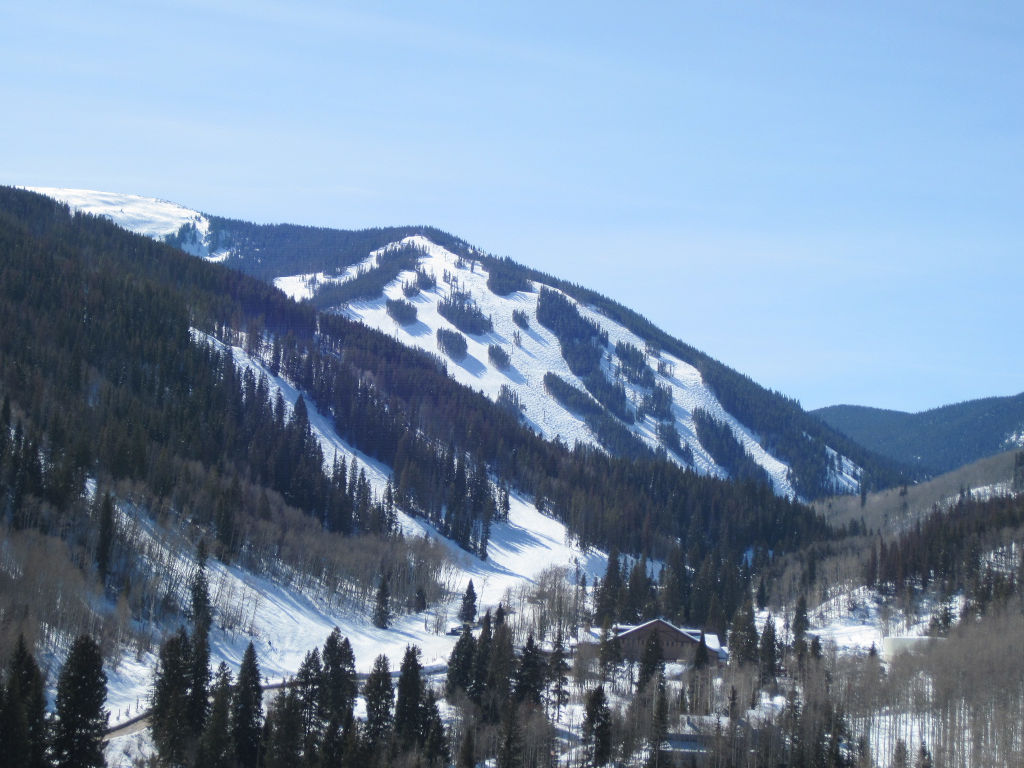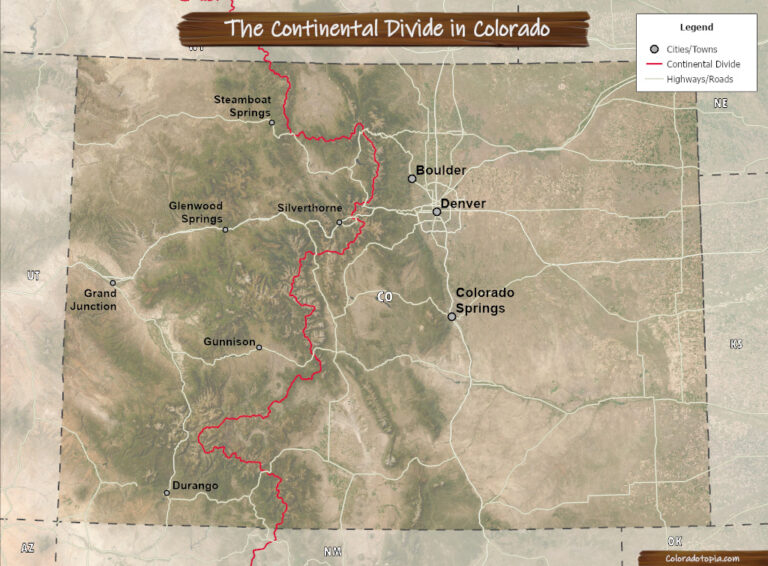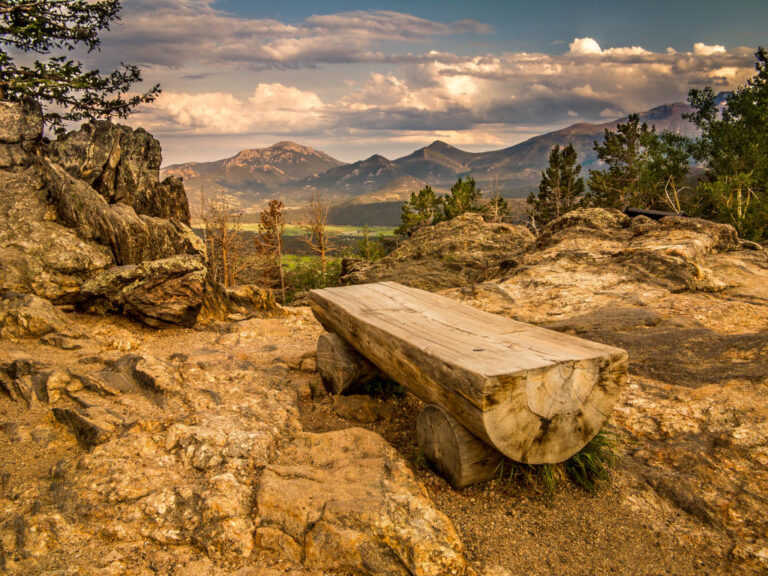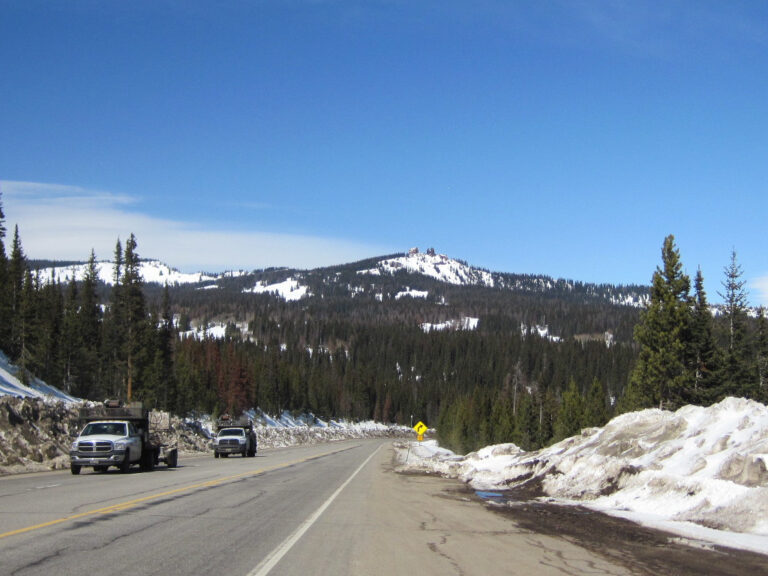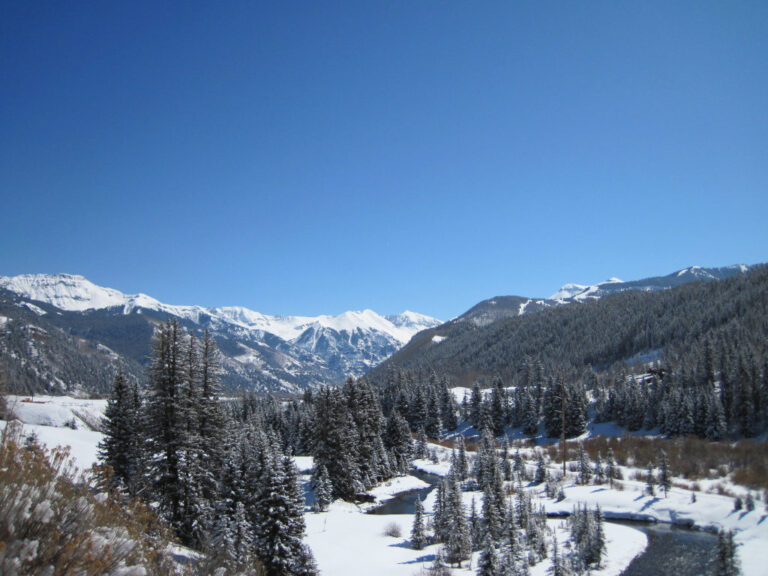Explore Colorado
Explore by car, by bike, on foot… whatever your preferred form of locomotion is, just get out and do it! Colorado has no shortage of places to explore or ways to explore them. Let the Coloradotopia crew be your guide to Colorado and your first stop if you need to find something to do.
What To Do in the Colorado Outdoors?
Summer
- Alpine Slides
- ATV & 4x4
- Boating
- Cycling
- Golf
- Hiking
- Horseback Riding
- Hot Air Balloon Rides
- River Rafting, Kayaking, Tubing
- Rock Climbing
- Zip Line
Winter
- Dog Sledding
- Downhill Skiing
- Ice Climbing
- Ice Sating
- Nordic Skiing
- Sleigh Rides
- Snowmobiling
- Snowshoeing
Year-Round
- Camping
- Fishing
- Gold Prospecting
- Hang Gliding & Paragliding
Colorado Outdoor and Travel FAQ
Mount Elbert is the highest point in Colorado with a peak elevation of 14,440 ft.
The Colorado River begins in the Rocky Mountain National Park at La Poudre Pass Lake.
Try this… Take I-70 into the mountains. Stop at Red Rocks Amphitheater first. From there you can head farther into the mountains and go to the Mount Evans Scenic Byway during the summer. You could also head up to the Rocky Mountain National Park, just to the northwest of Denver and Boulder.
This is located on Navajo tribal land and it is not a national park. It does cost money, but as of last check, it was only $8 per person.
Yes, they are located throughout the mountains. Many are located where mining towns once existed and are remnants of the country’s westward expansion and the Colorado gold rush era.
This line of mountains runs north to south through North America, and it separates the watersheds of the continent into two sides. Rivers on the western side of the Continental Divide will flow into the Pacific Ocean. Rivers on the eastern side will flow in the Atlantic and Arctic Oceans. The divide begins in Alaska and runs to the southern tip of South America.
The might Colorado measures approx. 1,450 miles, running from Colorado to the Gulf of California.
This is the world’s largest flat-topped mountain. Is is located to the east of Grand Junction and it is the remnants of an old volcano.
Try exploring Pikes Peak or Mount Evans, both of which are located in the Front Range. These winding mountain highways travel up the mountainsides with wonderful views all the way to the top.
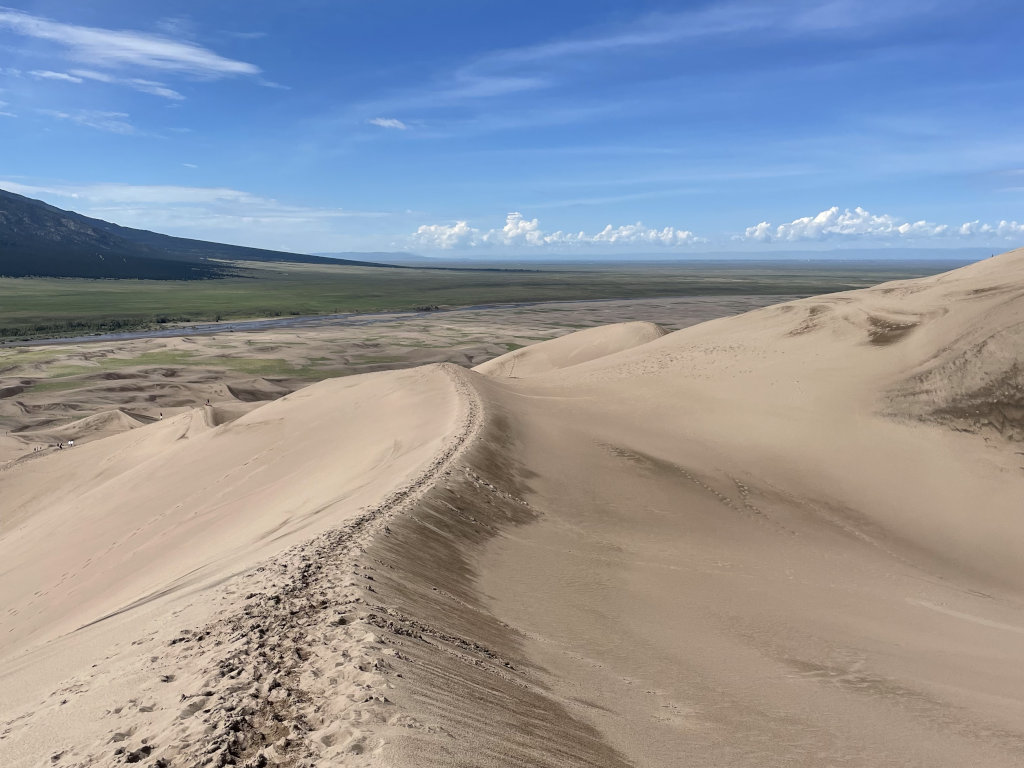
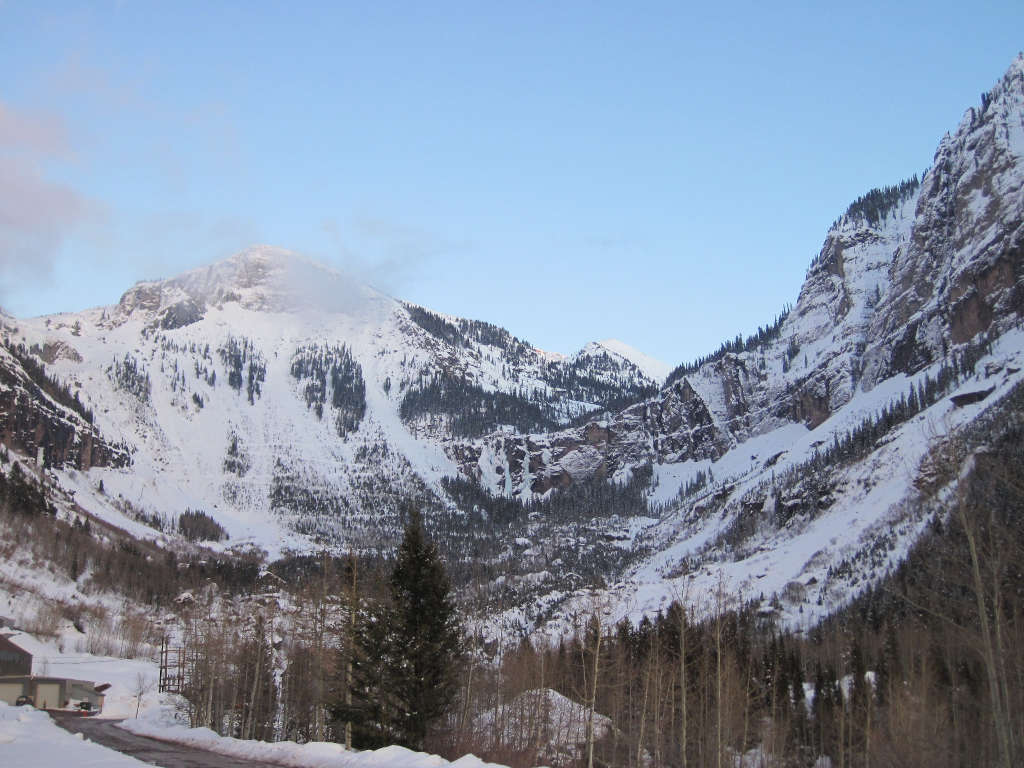
Tips for Exploring Colorado
Wear sunscreen and drink extra water. The high altitude will allow more UV rays through to your skin, and sunscreen becomes more important here. The air will also likely be dryer than you are used to, and dehydration is a common issue among people visiting Colorado. Dehydration can be a contributing factor to altitude sickness.
The temperatures will drop significantly at night when you are in the mountains. The higher altitude and thinner air make it easier for the temperature to drop quickly. If you are going hiking, you should anticipate trouble and be prepared to survive near-freezing temperatures at night, even during the summer months. You won’t need heavy winter clothing during the summer, but bringing along a nice thermal outer layer is a good idea.
Interstate 70 can be dangerous in the winter, and the passes can close. I-70 can close to the west of Denver, and when it does, you likely won’t be able to get past Georgetown on your way up to the Eisenhower Tunnel. Vail Pass can also close (this is about 20 minutes beyond the tunnel on I-70).
Ski resort towns like Vail will have bargains during the slowest summer months. These are months like May, right after the ski resort closes and before the summer tourism season starts. The restaurants will either be closed or have off-season deals, and the lodging will be discounted. Hiking trails may still be muddy and things may be quiet, but if this is the way you like it, the off-season can be the perfect time to visit.
Learn about avalanche safety if you are exploring the mountains during the winter. Snowmobilers, snowshoers and backcountry skiers are among those who really need to brush up on their avalanche knowledge. Avalanches are common in the mountains during winter months and you should remember that traversing below an avalanche slope can still be almost just as dangerous as being on it.
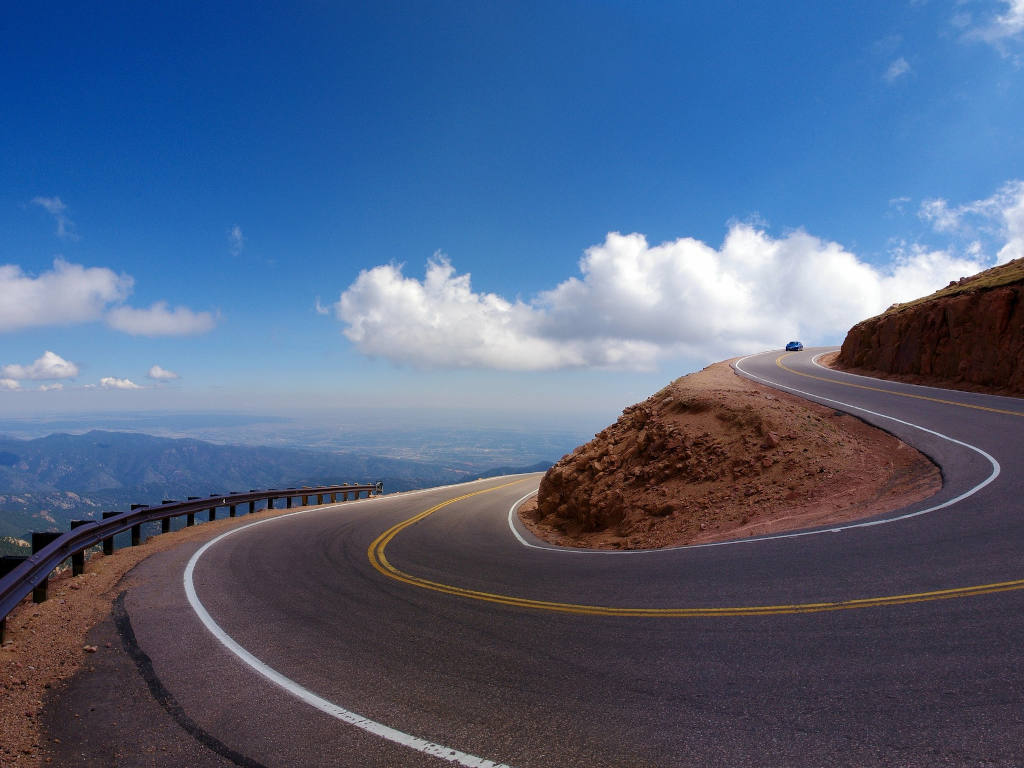
4+ million people visit the Garden of the Gods each year. This is a National Natural Landmark that is located in Colorado Springs, and it is among the most visited attractions in Colorado. With more than 4 million people visiting each year, this landmark is visited more than 90% of the country’s national parks.
The Colorado River used to be called the Grand River. The river was renamed by congress in 1921.
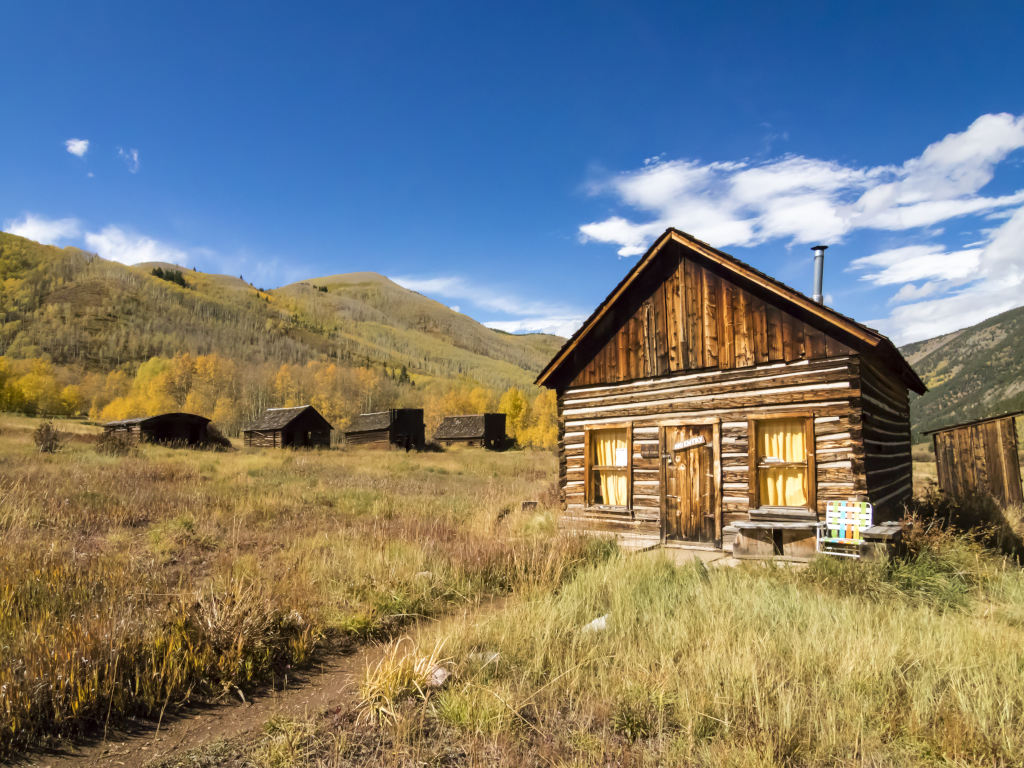
More Quick Stats
A quick look at Colorado by the numbers:
- 2,300+ avalanches reported annually (CAIC)
- 8th largest state
- 58 peaks above 14k feet
- High elevation: 14,440' (Mount Elbert)
- Low elevation: 3,317' (Arikaree River)
- The federal government owns more than 1/3 of the land in CO.
Major Rivers
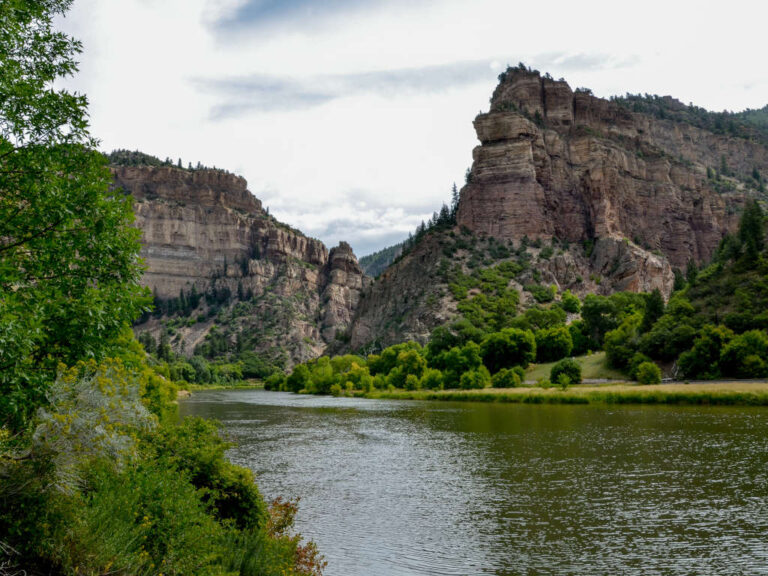
There are three major 1,000+ mile rivers that originate in Colorado:
- Rio Grande
- Colorado River
- Arkansas River
Mountain Ranges
Subranges of the Southern Rocky Mountains:
- Elk Mountains
- Flat Tops
- Front Range
- Gore Range
- Grand Mesa
- Laramie Mountains
- Medicine Bow Mountains
- Mosquito Range
- Park Range
- Rabbit Ears Range
- San Juan Mountains
- Sangre de Cristo
- Sawatch Range
- Uncompahgre Plateau
- Ute Mountain
- White River Plateau

